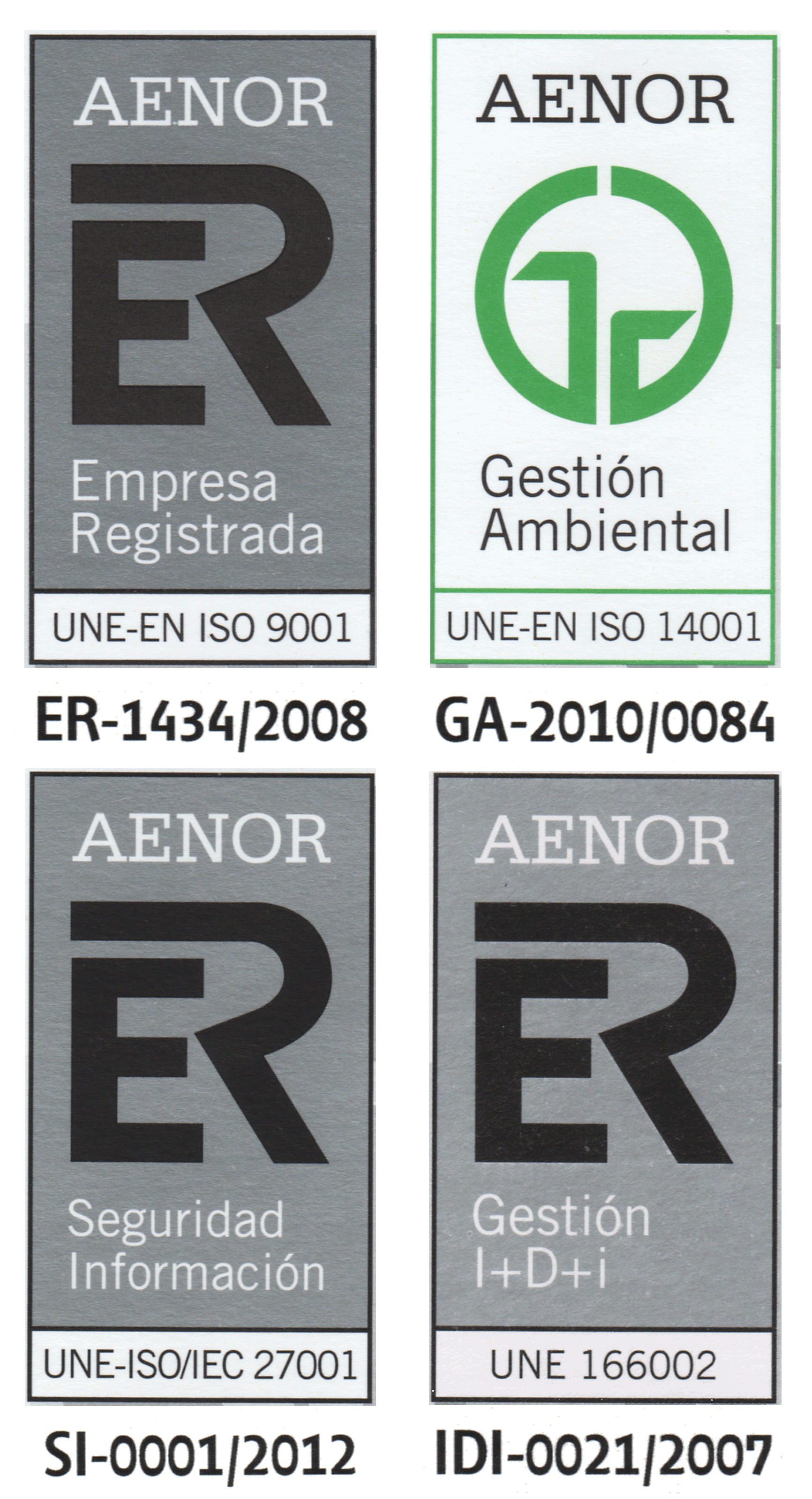Computing by self-assembly: DNA molecules, polyominoes, cells
Thu, 06/25/2009 - 17:53 — mmartinez
| Title | Computing by self-assembly: DNA molecules, polyominoes, cells |
| Publication Type | Contributions to Book Chapters |
| Year of Publication | 2008 |
| Authors | Gheorghe, M., & Paun G. |
| Editors | Krasnogor, N., Gustafson S., Pelta D. A., & Verdegay J. L. |
| Book Title | Systems Self-Assembly: Multidisciplinary Snapshots |
| ISBN Number | 978-0-444-52865-0 |
| Publisher | Elsevier |
| Place Published | Amsterdam |
| Pages | 49-78 |
| Abstract | Self-assembly is a process that creates complex heirarchical structures through the statistical exploration of alternative configurations. These processes occur without external intervention. Self-Assembly processes are ubiquitous in nature. Understanding how nature produces self-assembled systems will represent an enormous leap forward in our technological capabilities. Robustness and versatility are some of the most important properties of self-assembling natural systems. Although systems where self-assembly occurs, or which are created by a self-assembling process, are remarkably vaired, some common principles are starting to be discerned. The unifying thread throughout the book is the "Computational Nature of Self-Assembling Systems. |
| Chapter | 3 |



